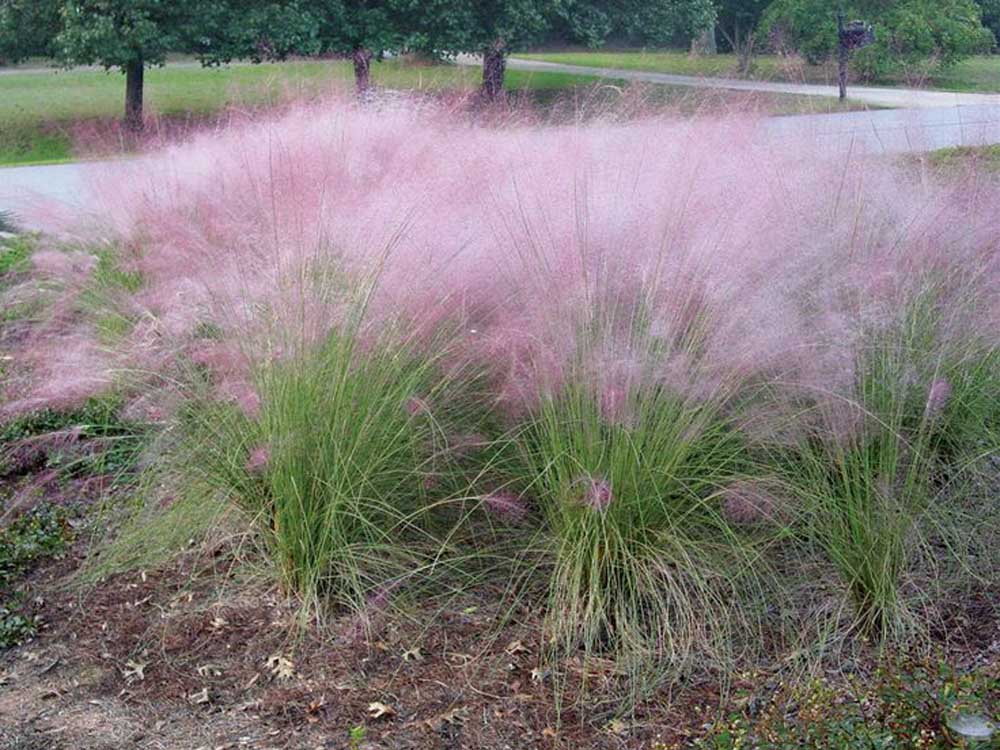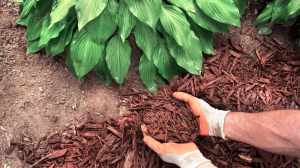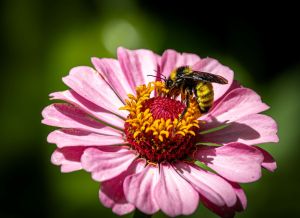Master Gardener: Grasses for the landscape
Published 7:07 pm Tuesday, July 13, 2021

- Gulf Muhly
In East Texas, we take great pride in perfect green lawns and pastures. Just drive though any neighborhood or down a country road and you will see acres of beautiful turf grass.
While turf grass has a place of pride in the landscape there are so many handsome varieties of ornamental grasses that can be used in creative ways in the garden. Don’t overlook these hard-working beauties as you plan your flower beds.
Trending
The nursery trade has been hard at work for many years now to bring us an almost unlimited palette of grasses. We can get colors ranging from purple to bronze, pink to yellow, white to blue-gray and every shade of green. Any height issue you have in your garden can be solved by grasses, from a towering 10 feet tall to a petite 2 inches. There is also a big variety of texture, from airy cotton candy like Pink Muhly, stiff upright bluestem and dune grass, sword-like New Zealand Flax, cascading fountain grass and matt forming dwarf Mondo.
While there are no plants that require zero care and maintenance, grasses come pretty darn close. This makes them great for adding to large beds to fill in spaces that you won’t have to devote much time to weeding or fertilizing. Perennial grasses also are considered to be four season plants because the plant looks attractive in every life stage. Even the dead leaves left to stand after a freeze are pretty in winter and lend color to the garden. In some cases, they also provide seeds and shelter to small birds. Besides, the rustling sound of winding ruffling stands of dried winter grass is very soothing, a lovely benefit that often goes unmentioned.
For people who have a passion for native plants there are new varieties of prairie grasses, such as Bluestem, Gamma and Switchgrass coming on the market every year. These native plants provide food for a variety of birds, beasts and bugs, but the new varieties are very pretty looking as perfectly at home in a mixed border as a pasture.
Most grasses need sunny locations, but there are a few that will take light shade such as Mondo and Aztec. In general grasses like deep soil with good drainage, but many can adapt to a range of soil conditions. Once established grasses require moderate to low water and very little fertilizer. They are also pest- and disease-resistant.
Tuck a few ornamental grasses into your flower beds and borders. Not only will you be delighted by their low care, and wide variety of texture and color, you will be enchanted at how they add graceful movement and sound to your garden.
The Smith County Master Gardener program is a volunteer organization in connection with the Texas A&M AgriLife Extension Service.







